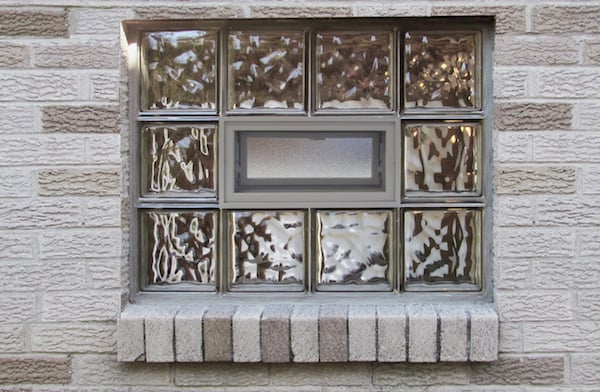
Today’s homeowners are becoming more and more aware of the advantages of having an air filter in their homes. Just as many people are concerned with filtering the water they drink, filtering the air we breathe can make a significant difference in the amount of allergens and toxins we take in on a day-to-day basis. The spectrum of air filters and air cleaners are differentiated in a number of ways; understanding these differences can make purchasing the right air cleaner for your home an easier task.
HEPA Air Filters
HEPA, which stands for High Efficiency Particulate Accumulation, is a highly effective filter originally designed for removing radioactive particles from air. Today, HEPA air cleaners are used in military, industrial, and scientific applications as well as in some portable and room-size residential home air filters. Made from finely woven glass particles formed into a pleated filter that has a very large surface area, a HEPA filter, by definition, removes 99.97 percent of all .3 micron particles from the air.
Unfortunately, high replacement cost is a real disadvantage to HEPA filters. They generally must be replaced once every year to 18 months, depending upon use, and they typically cost from $70 to $125. Because the filters are so dense, they require a strong blower to move air through, racking up higher energy costs (though typically less than 10 cents a day). The larger the surface area of a HEPA, the better; so find out its square footage before buying one.
HEPA-type Air Cleaners
“HEPA-type” filters are not HEPA filters, but some of the pleated types are almost as effective. An air filter with this label means that it has not met the rigorous standards of a genuine HEPA. Most range from 25 percent to 95 percent effective at microscopic particle removal. Before buying one, be sure you know how good it is at blocking respirable-size particles. With continuous use, HEPA-type filters must be replaced every year at a cost of from $30 to $45.
Disposable Air Filters
Though ordinary 99-cent furnace filters catch about 75 percent of bulk-dirt, they capture very little (often less than 3 percent) of minute pollutants. Slightly more effective are treated air filters. These disposable products, which typically sell for less than $10, have been coated with dirt-trapping glycol or mineral oil. Though they stop about the same percentage of bulk dirt, they block up to about 10 percent of the smaller, microscopic particles.
Ready to start your air cleaning?
Find ProsElectrostatic Air Cleaners and Filters
An electrostatic filter uses synthetic fibers that create a static charge to attract particles. Costing from $25 to $100, electrostatic filters are reusable to a point. Though you just hose them out to clean them, they do have to be replaced periodically. They’re about as efficient as treated filters. Some of these air filters are sold as kits; the frame is permanent, the filter pad is replaced every couple of years.
An electrostatic precipitating (“electronic”) air cleaner draws particles in by fan and charges them with a series of high-voltage wires. A precipitating cell (a series of plates) that carries the opposite electrical charge attracts the particles as they pass by. You can buy either portable versions of these or whole-house models that connect to the cold-air return on the furnace. They are quite effective, removing about 95 percent of bulk dirt and 85 percent of microscopic particles. Whole-house electronic air cleaners, sold through heating contractors, cost $300 to $900 installed, depending mostly on the complexity of installation.
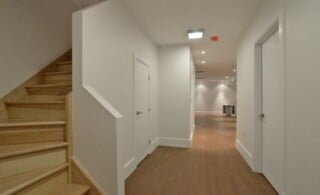 Lead Paint Common Sense
Lead Paint Common Sense 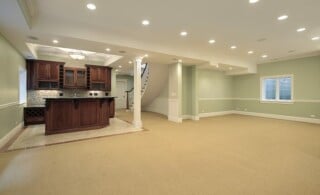 How Do I Get Rid of the Moldy Odor in My Basement?
How Do I Get Rid of the Moldy Odor in My Basement? 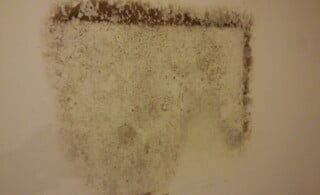 The Reason for Mold Inspection
The Reason for Mold Inspection 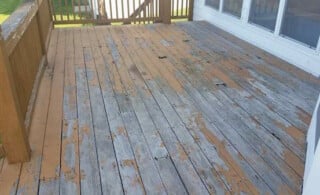 Dry Rot: The Invisible Killer
Dry Rot: The Invisible Killer  Guide to Room-by-Room Repairs for Easy Accessibility for Disabled Loved Ones
Guide to Room-by-Room Repairs for Easy Accessibility for Disabled Loved Ones 

Are You Familiar With This Topic? Share Your Experience.